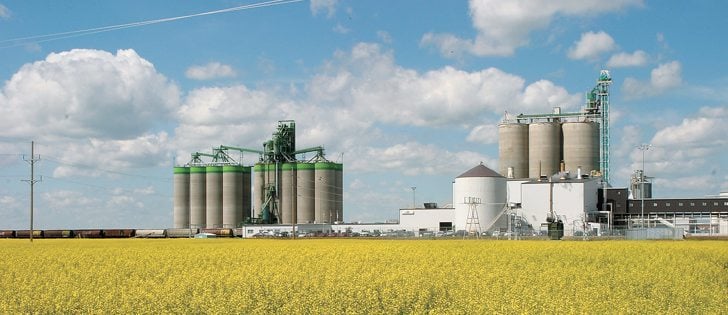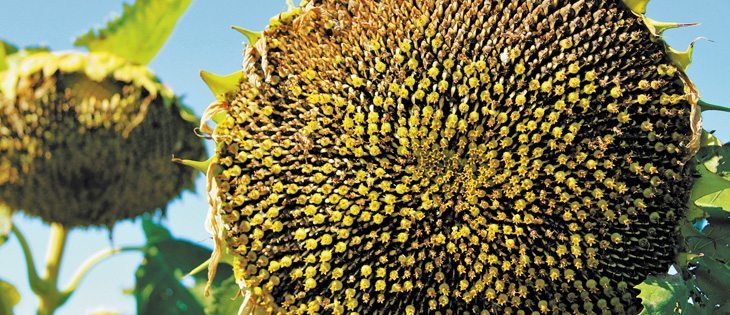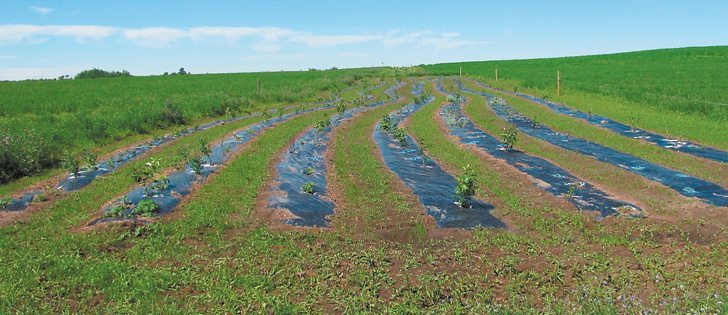Prices climb as oilseed crushers and exporters battle for supply
The tug-of-war between oilseed crushers and exporters has pushed canola futures prices to five-month highs.
Crushers have been running flat out in recent weeks. Capacity utilization for members of the Canadian Oilseed Processors Association was 96 percent for the week ending Feb. 8. Year-to-date use is 89.6 percent, up from 83.8 percent a year ago.
“Utilization is pretty good given the amount of expansion that has gone on in the industry,” said Pat Van Osch, vice-president of oilseed processing with Richardson International, which operates two canola crushing plants in Western Canada.
Read Also

Huge Black Sea flax crop to provide stiff competition
Russia and Kazakhstan harvested huge flax crops and will be providing stiff competition in China and the EU.
“There is demand coming from three strong directions, which is allowing us to keep our plants running.”
Crushers were able to book canola oil sales into the United States at parity with soybean oil values last fall.
“That has allowed us to capture a greater share of that particular food oil market,” said Van Osch.
The U.S. biodiesel industry also provided strong demand. The U.S. federal mandate calls for 37.9 million litres of biodiesel consumption in 2012, up 25 percent over 2011.
Lastly, there are good canola oil exports to offshore markets such as China and the European Union.
Van Osch said crushers would be happy to continue operating at 96 percent capacity but he doubts that pace can be sustained for the remainder of the 2011-12 crop year.
“I think we might find a challenge in seed supply as this thing unfolds,” he said.
A big battle is shaping up between crushers and seed exporters.
Agriculture Canada forecasts 6.8 million tonnes of domestic crush versus 8.1 million tonnes of seed exports in 2011-12.
COPA members had crushed 3.7 million tonnes as of Feb. 22, while exporters had shipped 5.3 million tonnes of seed as of Feb. 19.
Canola seed shipments are especially brisk. Exporters are on pace to ship 9.8 million tonnes, so demand is going to have to be rationed at some point.
The fight between crushers and exports is creating “phenomenal” basis levels in Manitoba, said Darren Frank, senior market analyst with FarmLink Marketing Solutions.
“It’s $18 to $20 (per tonne) over (futures) all the way through the summer,” he said.
Most people in the trade now forecast 800,000 to one million tonnes of carryout, which is below Agriculture Canada’s estimate of 1.1 million tonnes, said Frank.
“It’s a tight situation.”
The battle between crushers and exporters will only intensify as more crush plants open in North America.
Northstar Agri-Industries has completed construction of its plant in Hallock, Minnesota. The facility, scheduled to open in May, will initially process up to 325,000 tonnes of canola seed annually.
Bunge is more than doubling the capacity of two of its four plants in Western Canada.
The expansion of the plant in Altona, Man., which will increase annual capacity to 912,500 tonnes from 401,500, is expected to be ready for this year’s harvest.
The expansion in Fort Saskatchewan, Alta., which will more than double the plant’s 310,250 tonne annual capacity, is expected to be complete in 2014.
Legumex Walker Inc. has started building a 380,000 tonne crushing facility in Warden, Washington, which is set to open early next year.


















